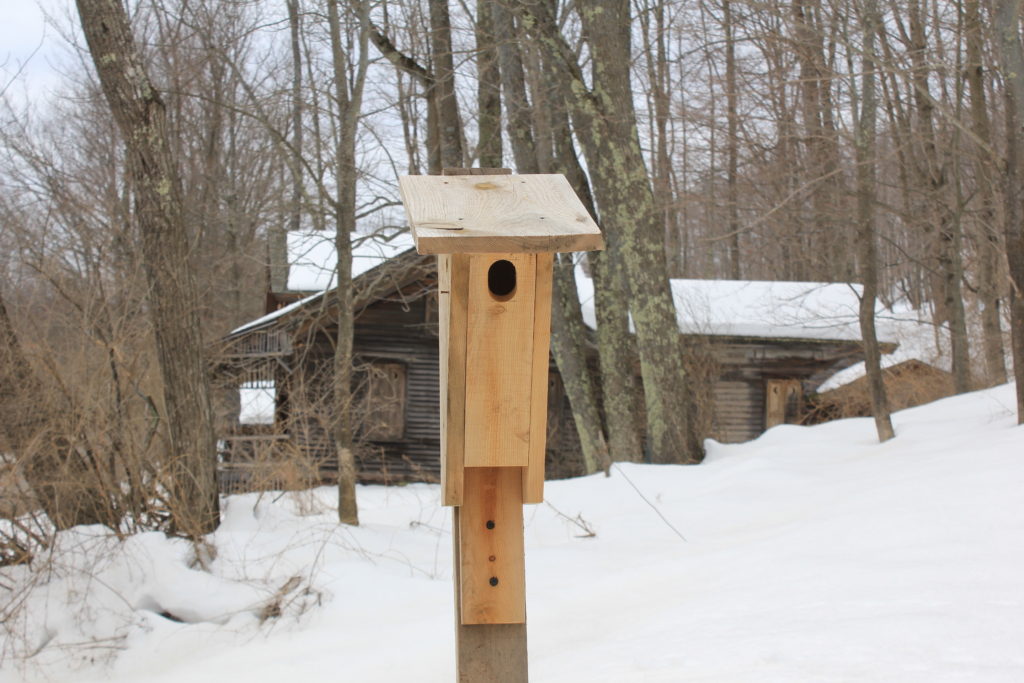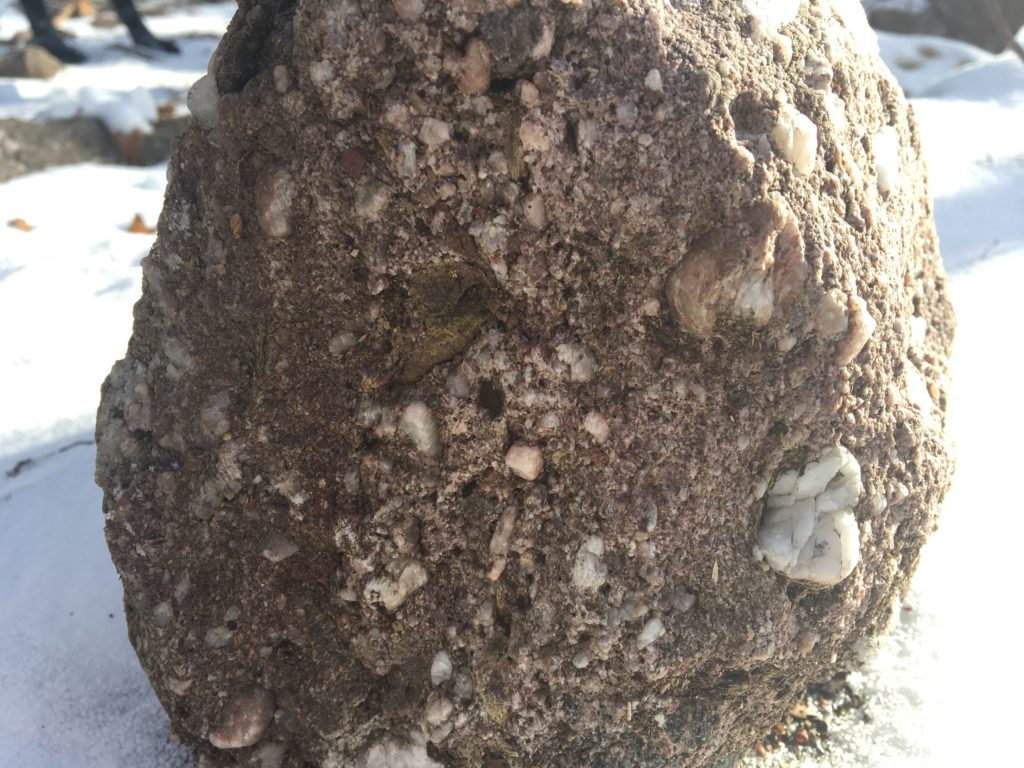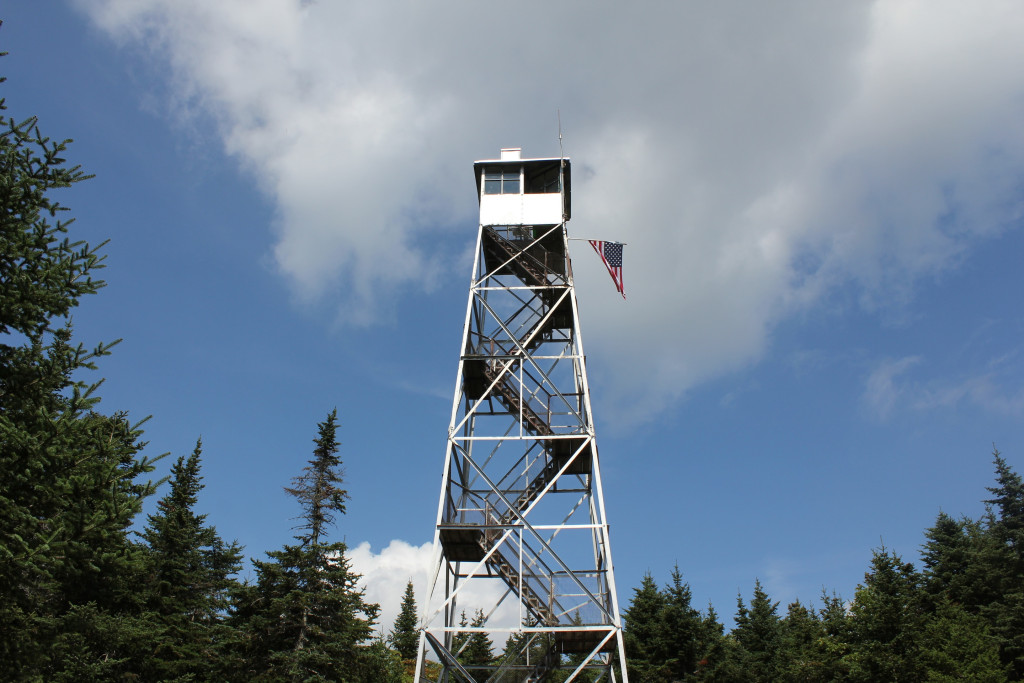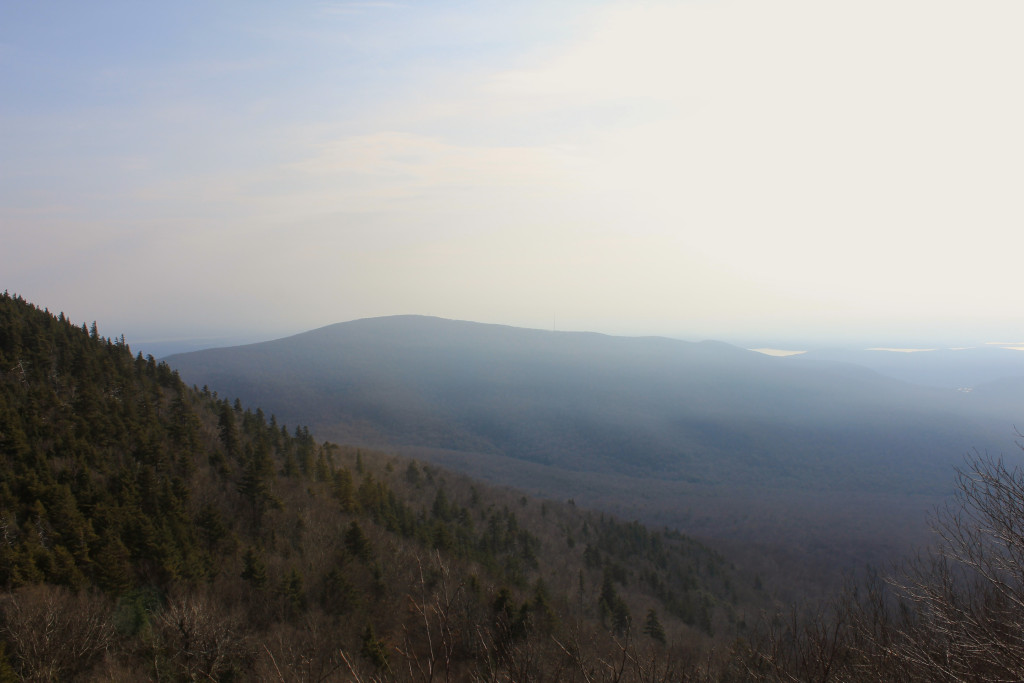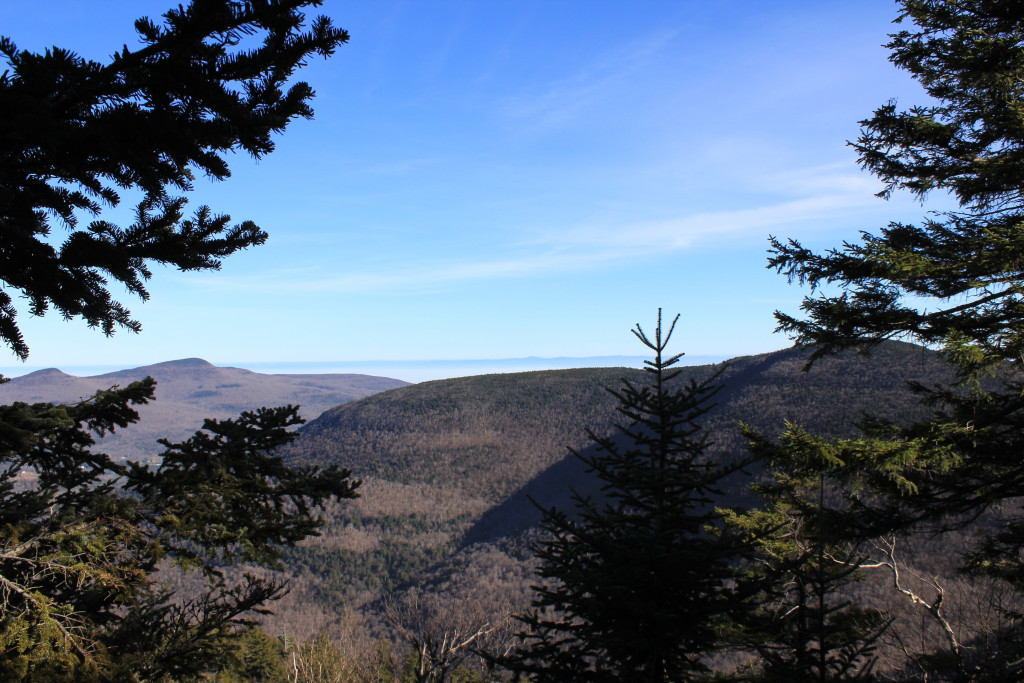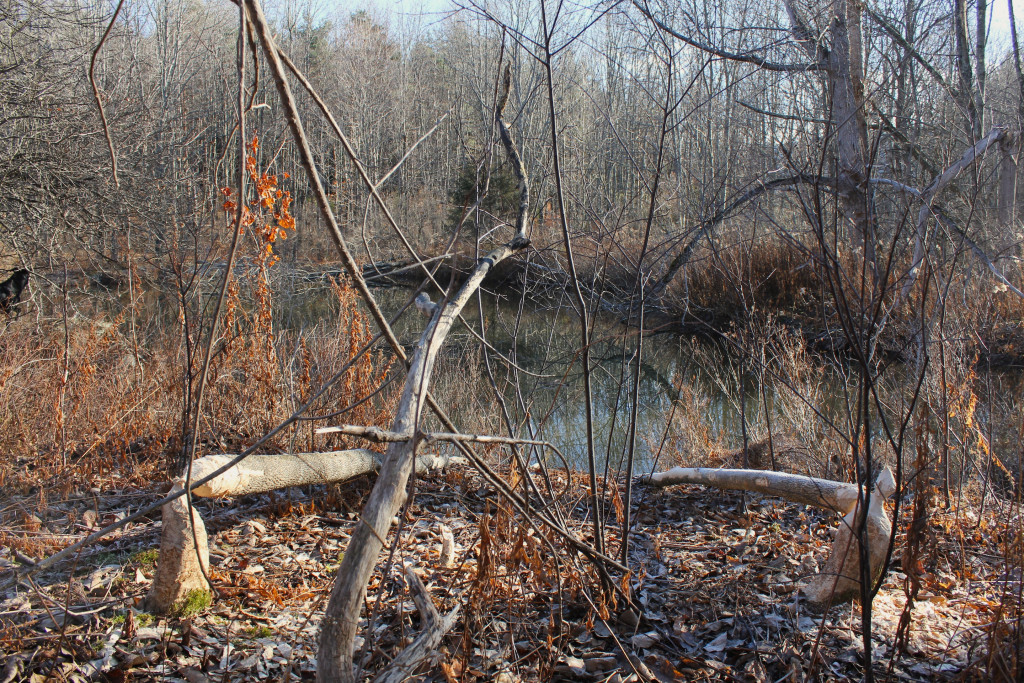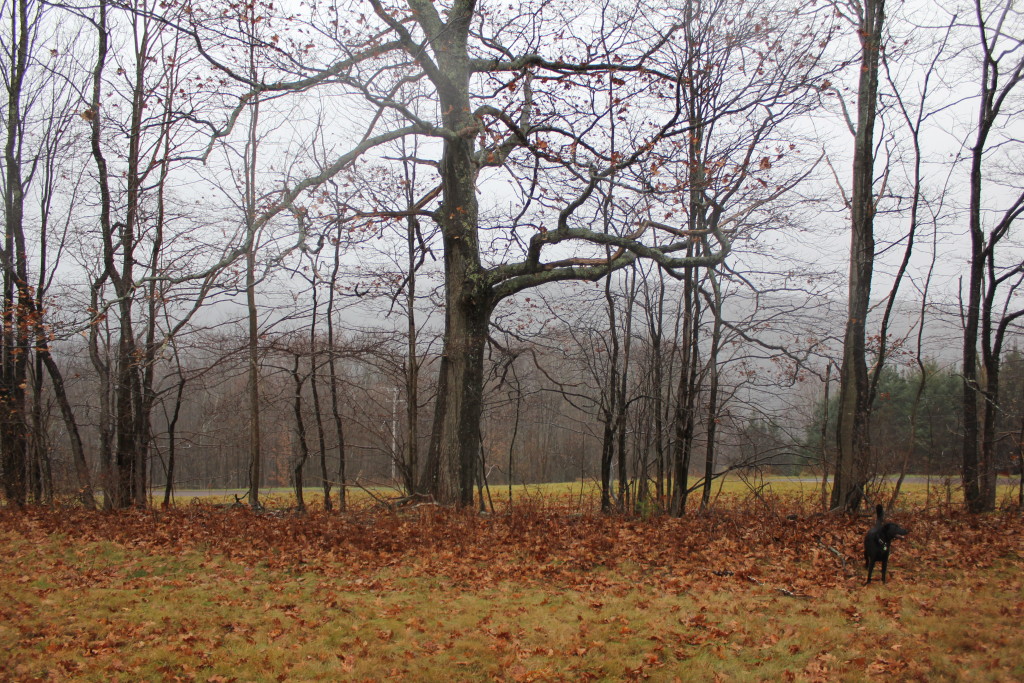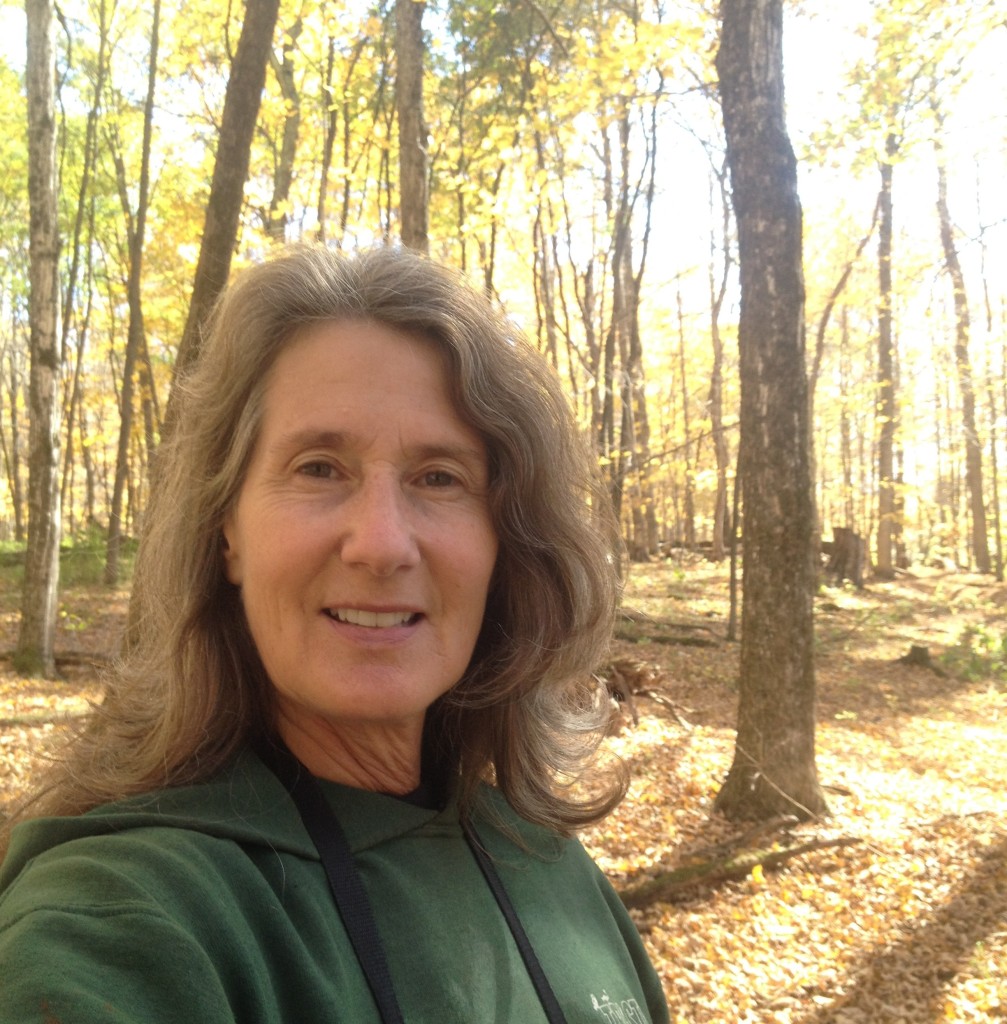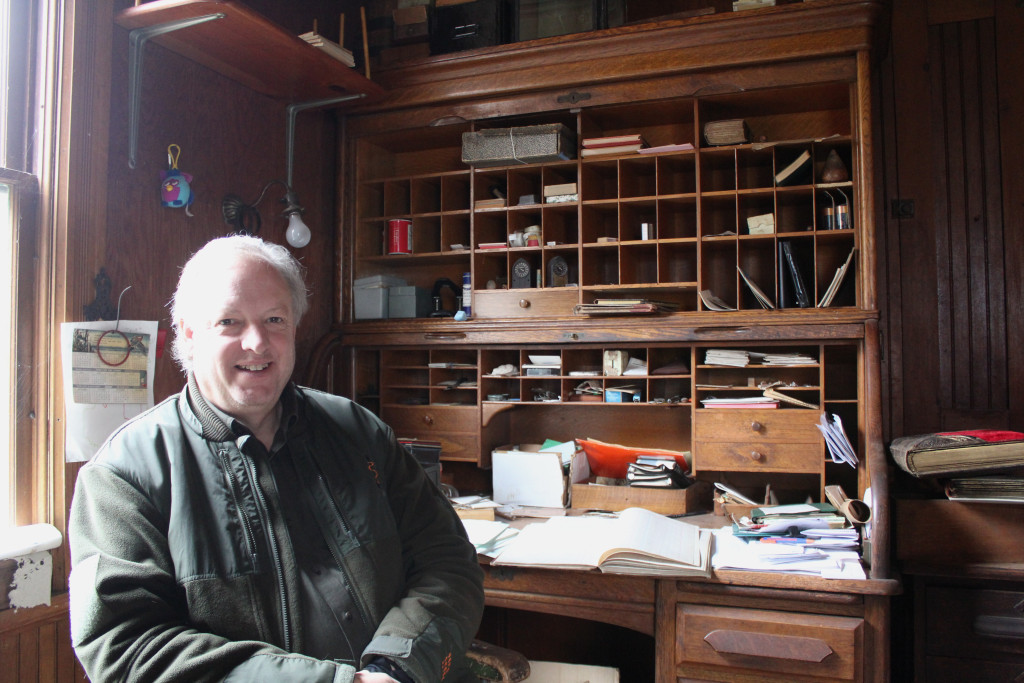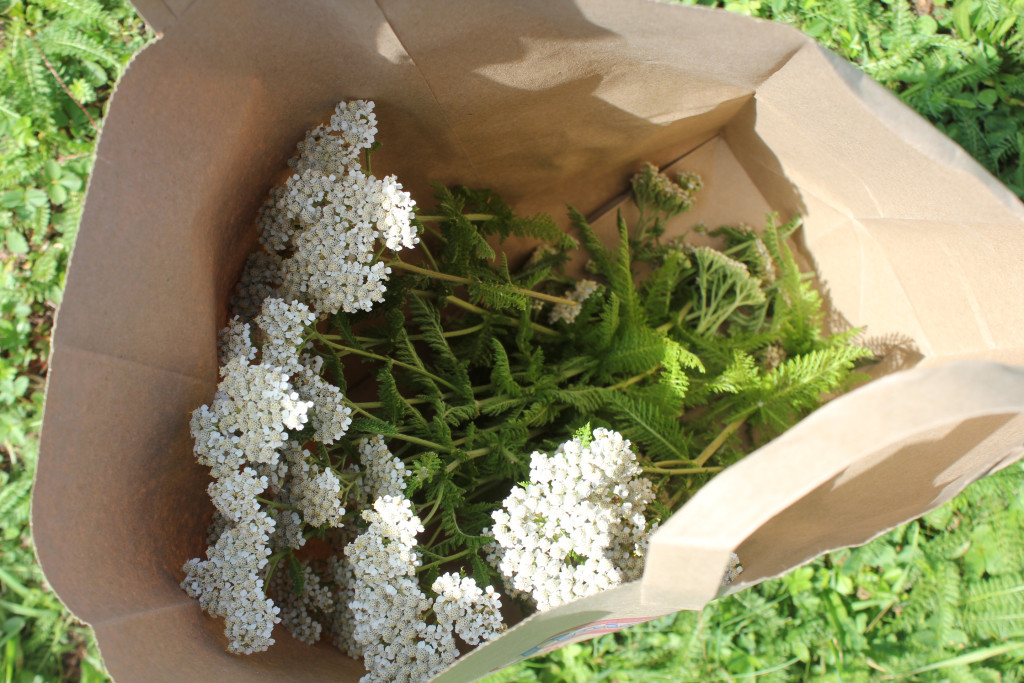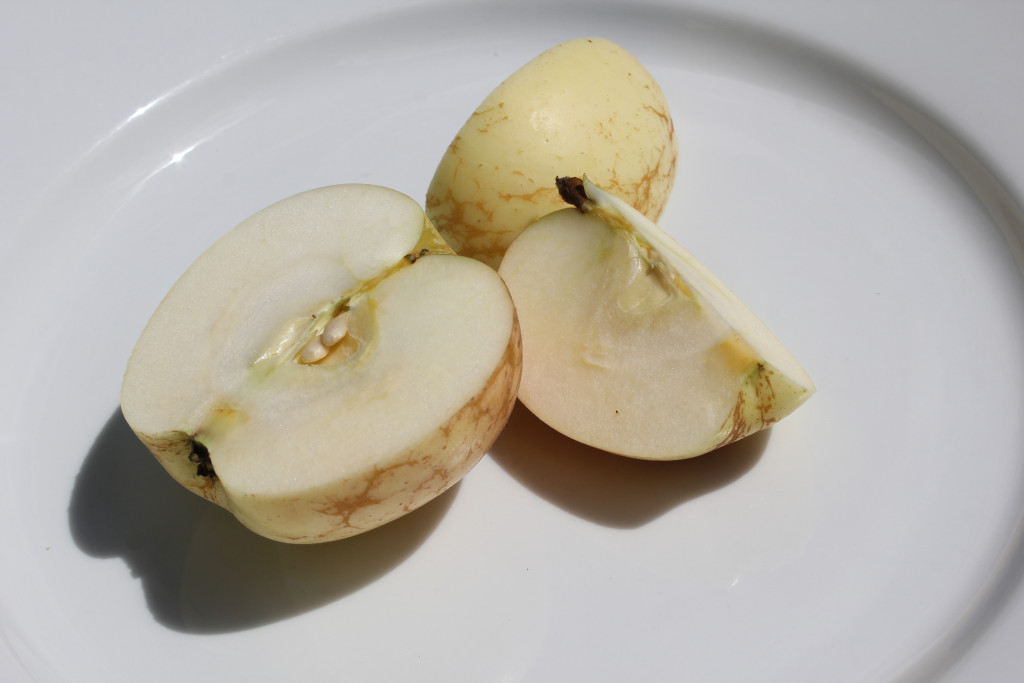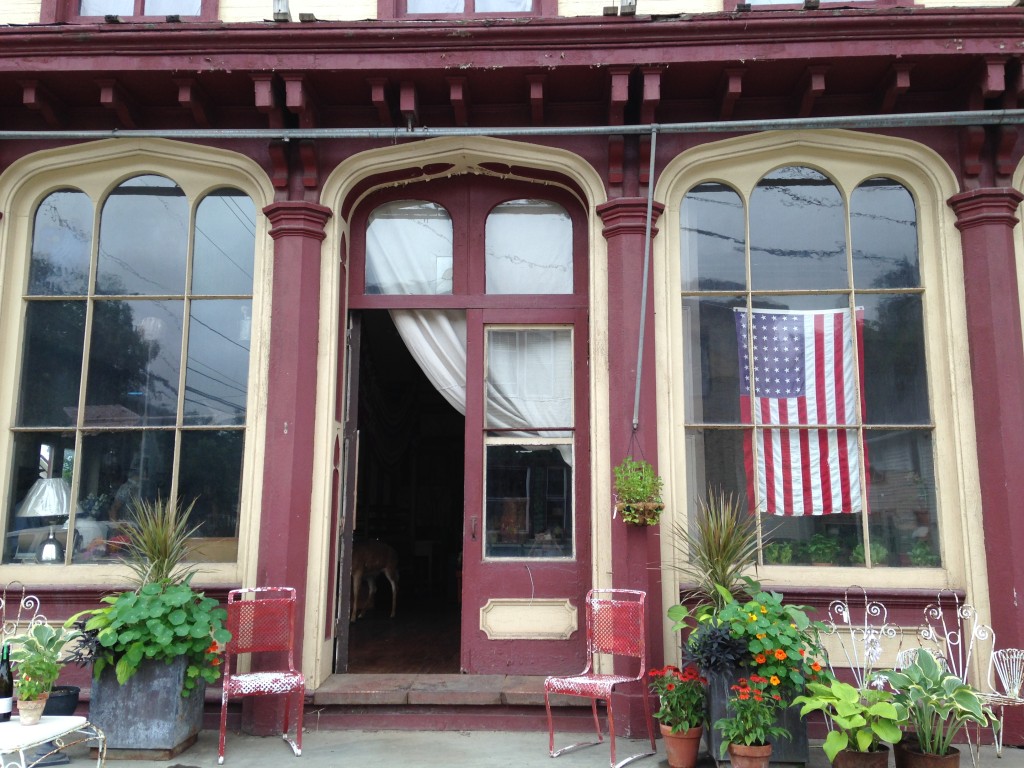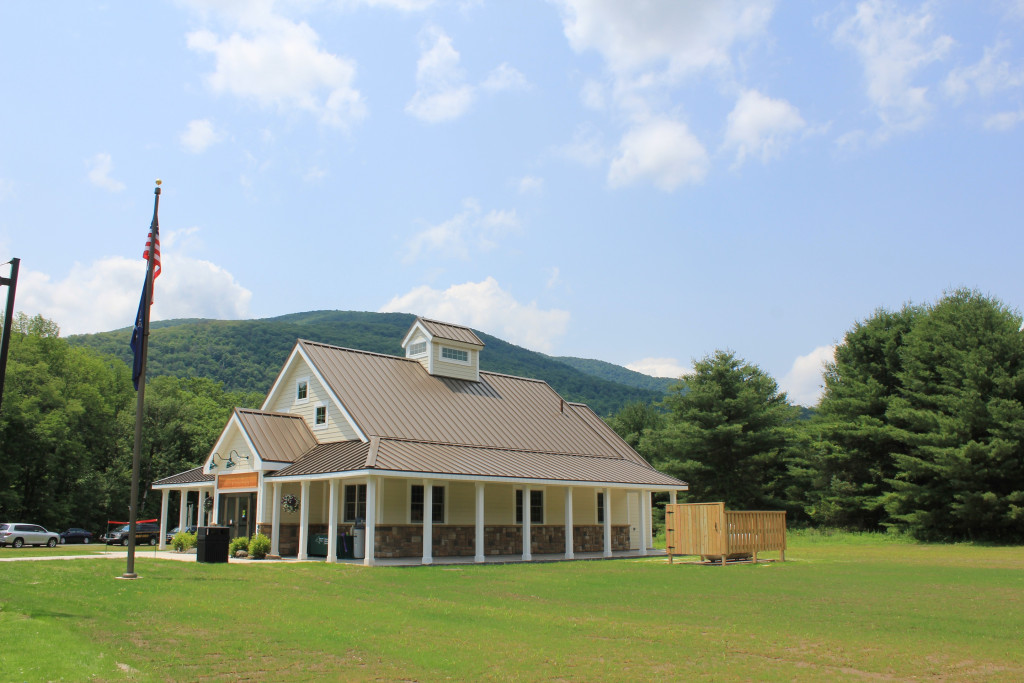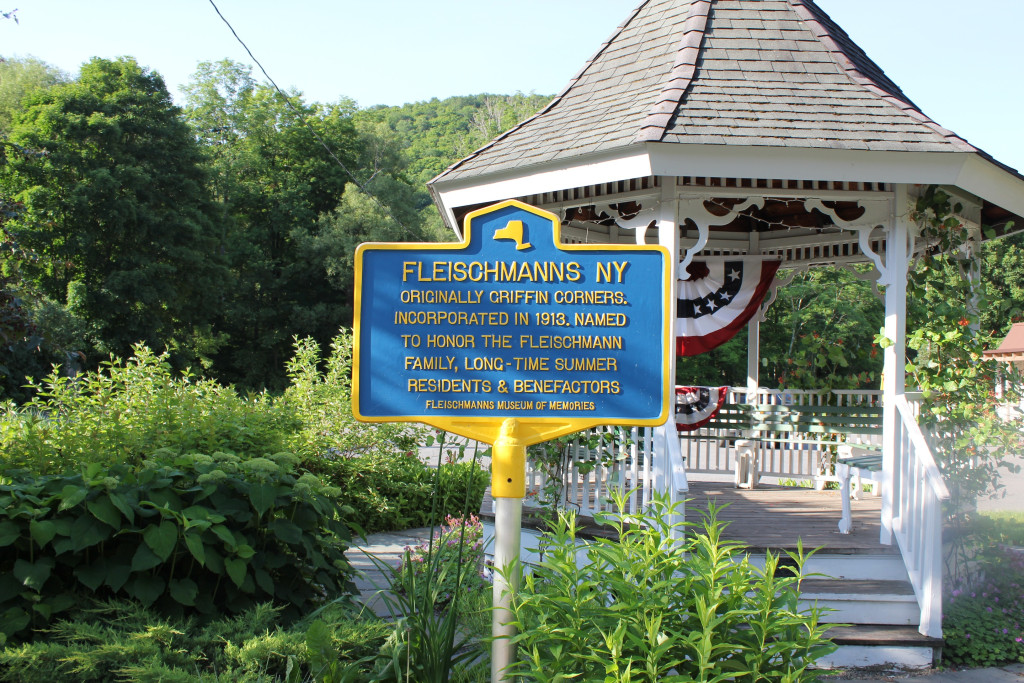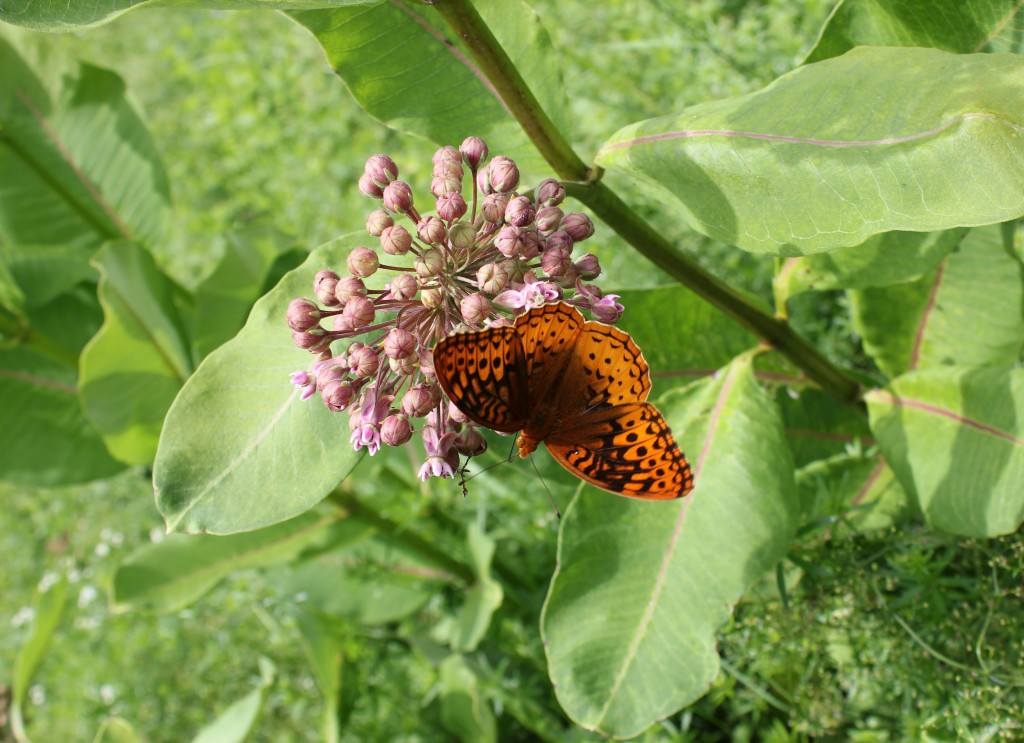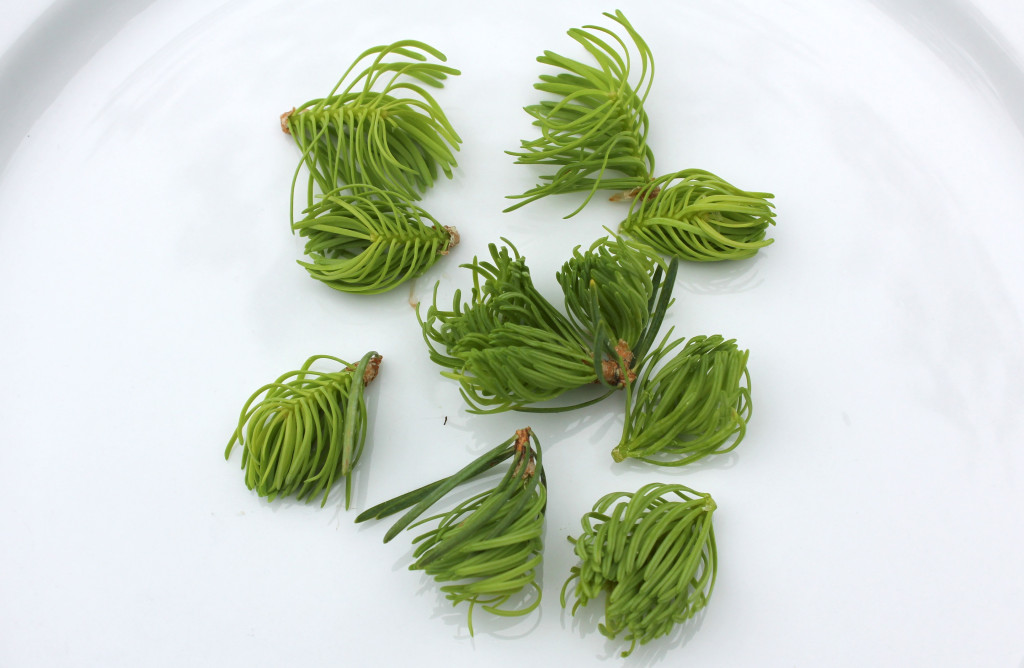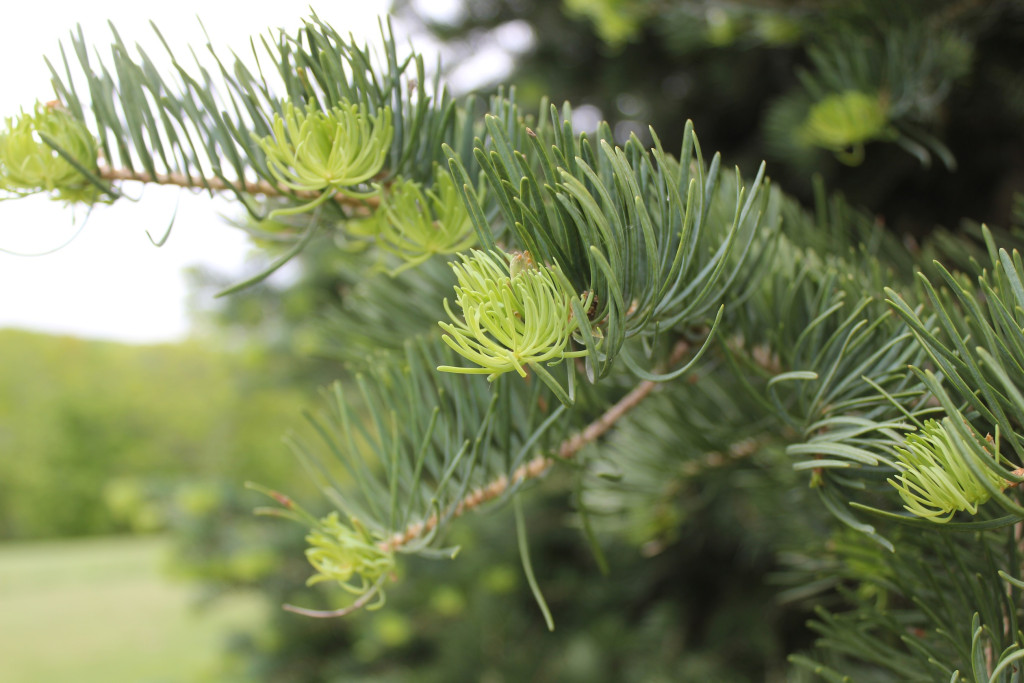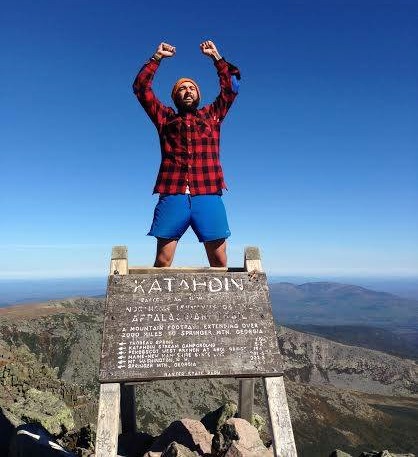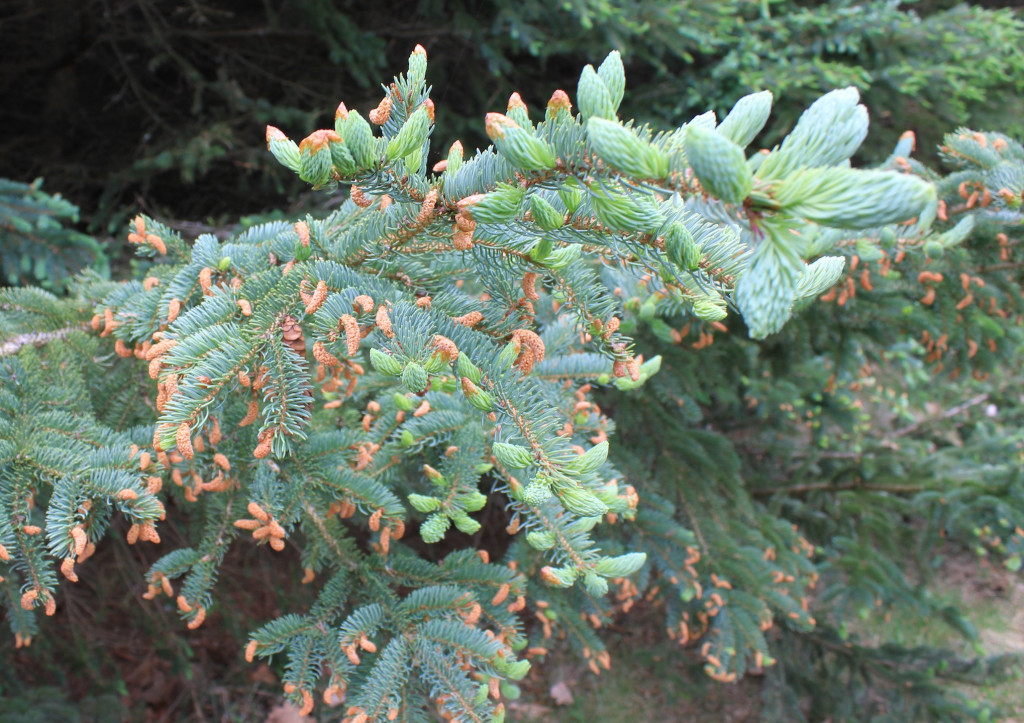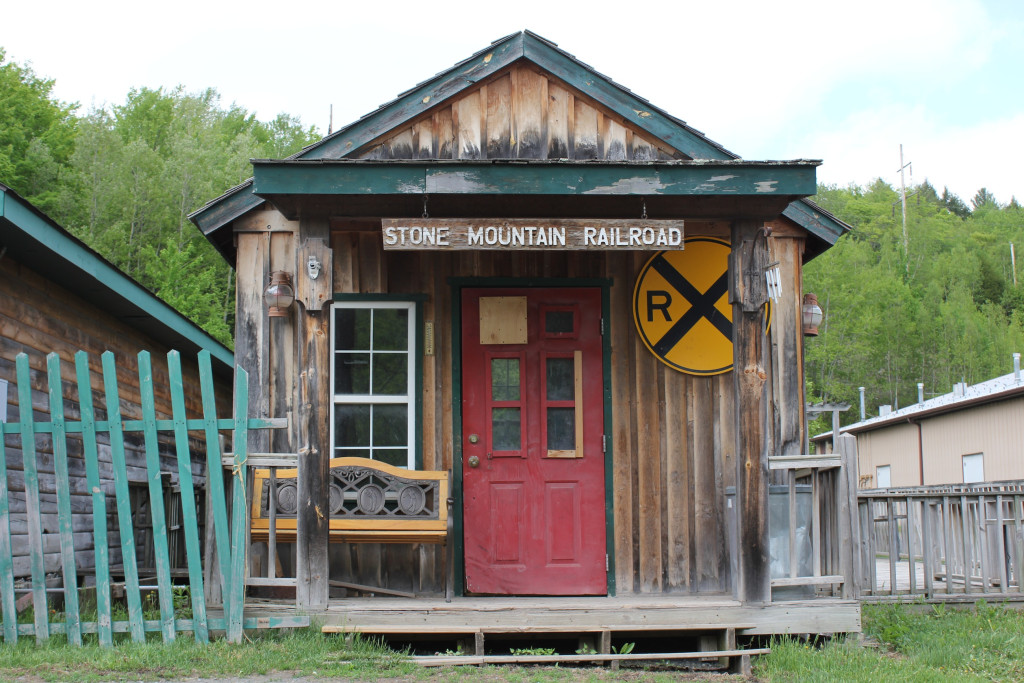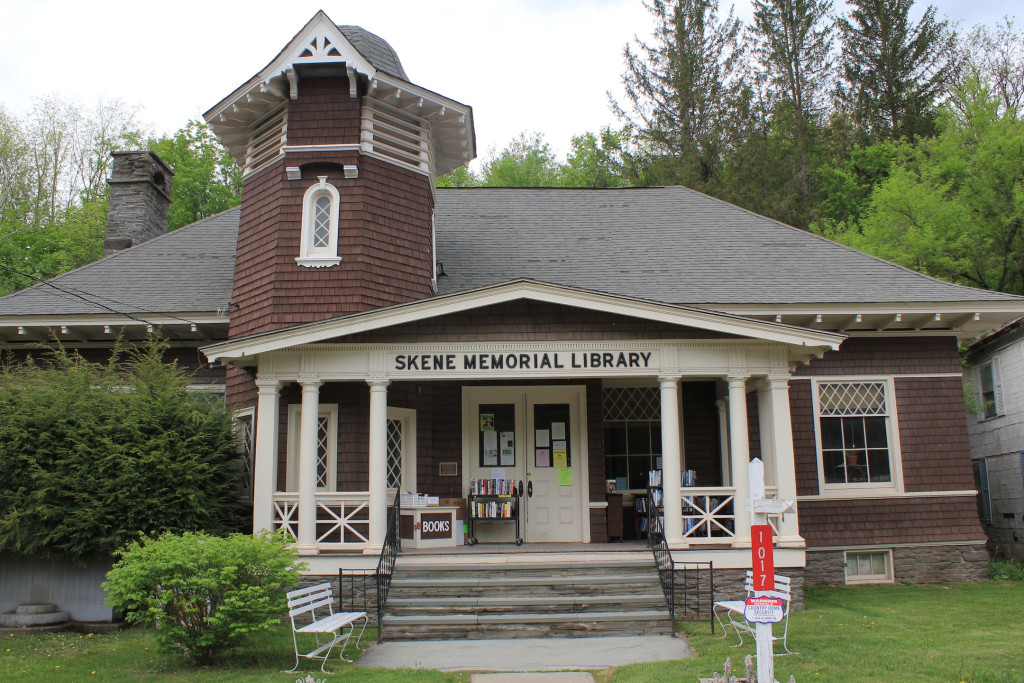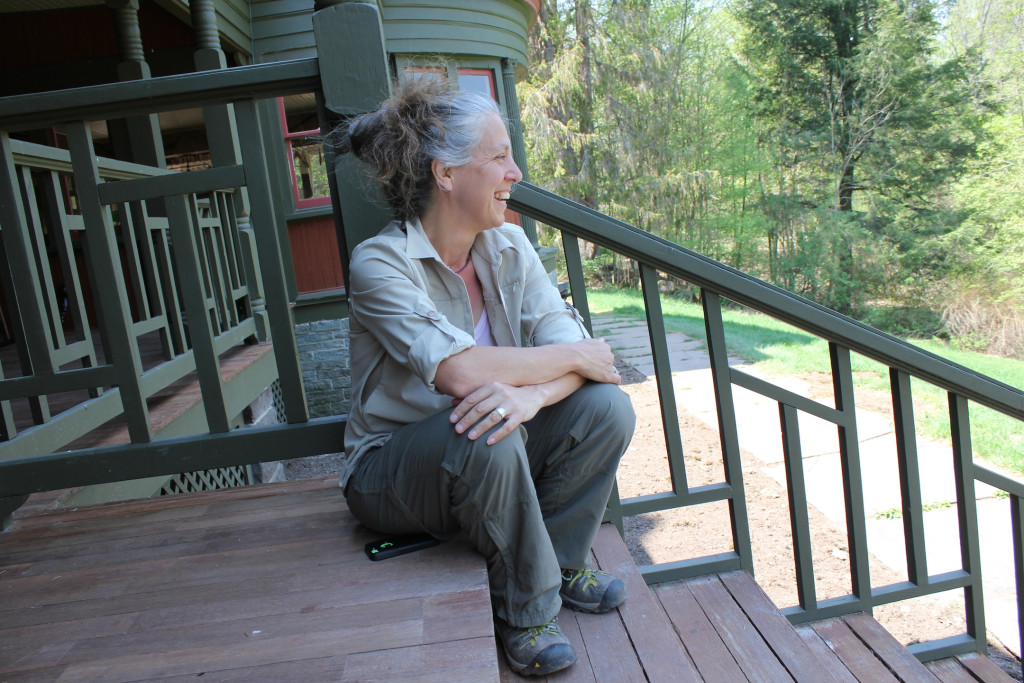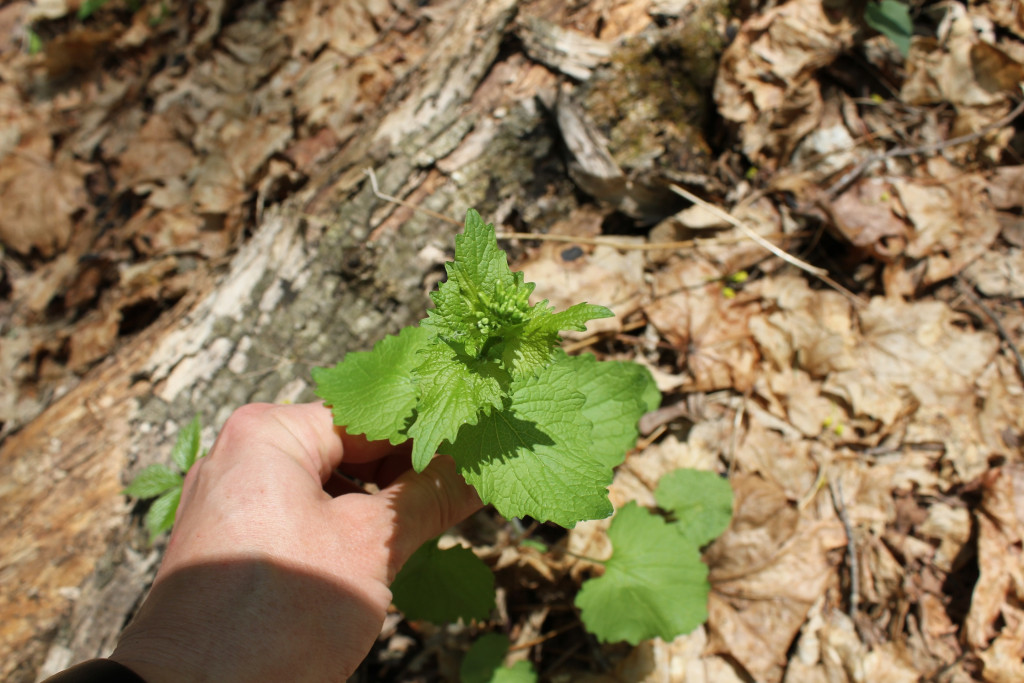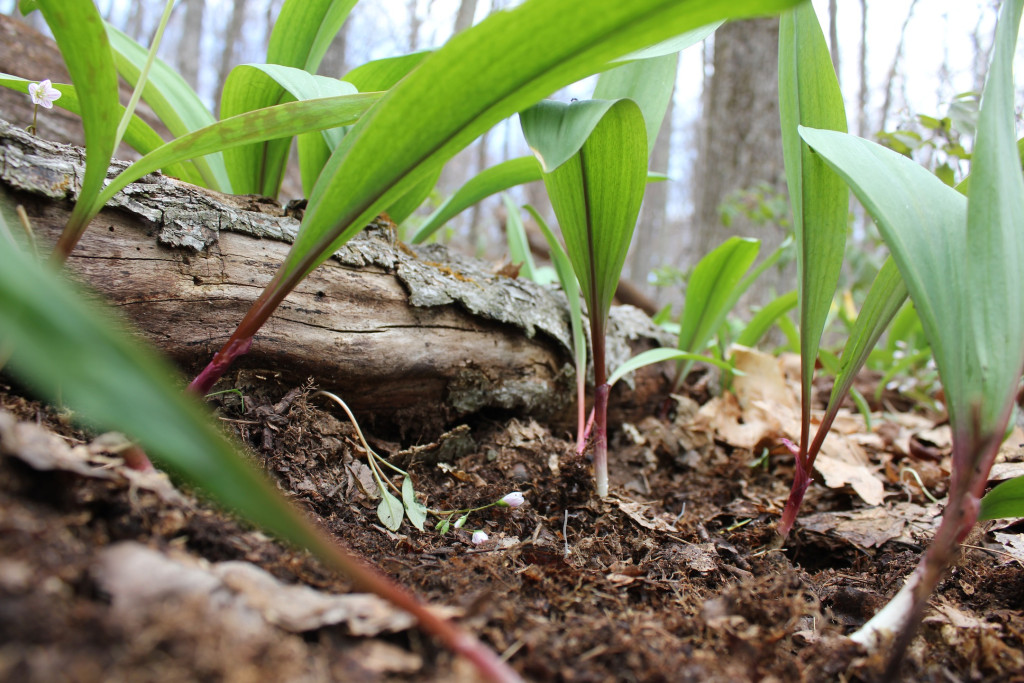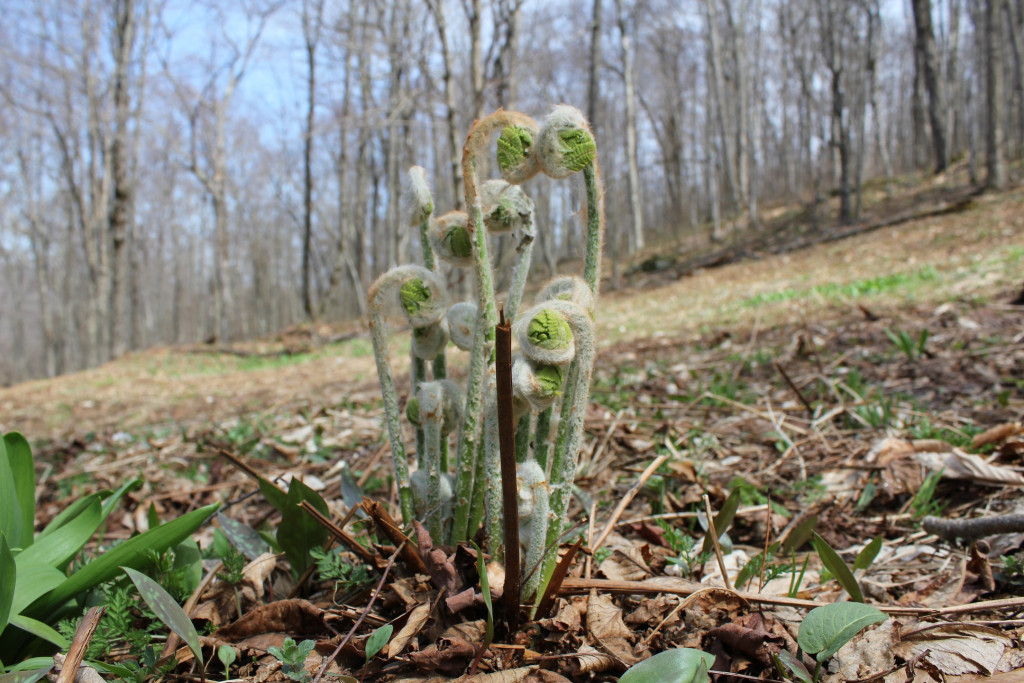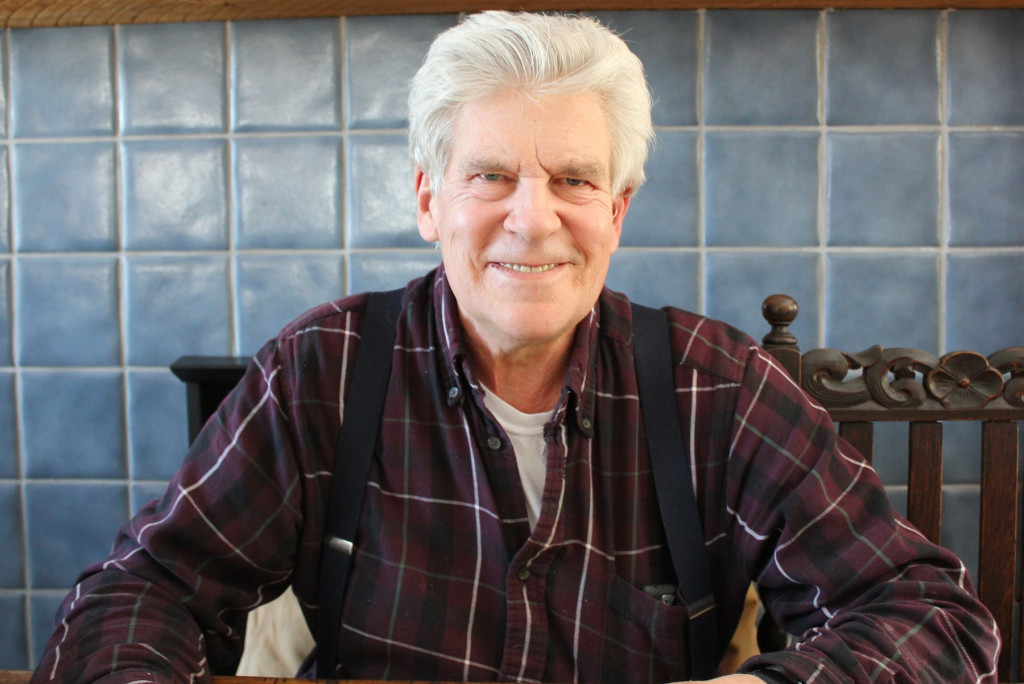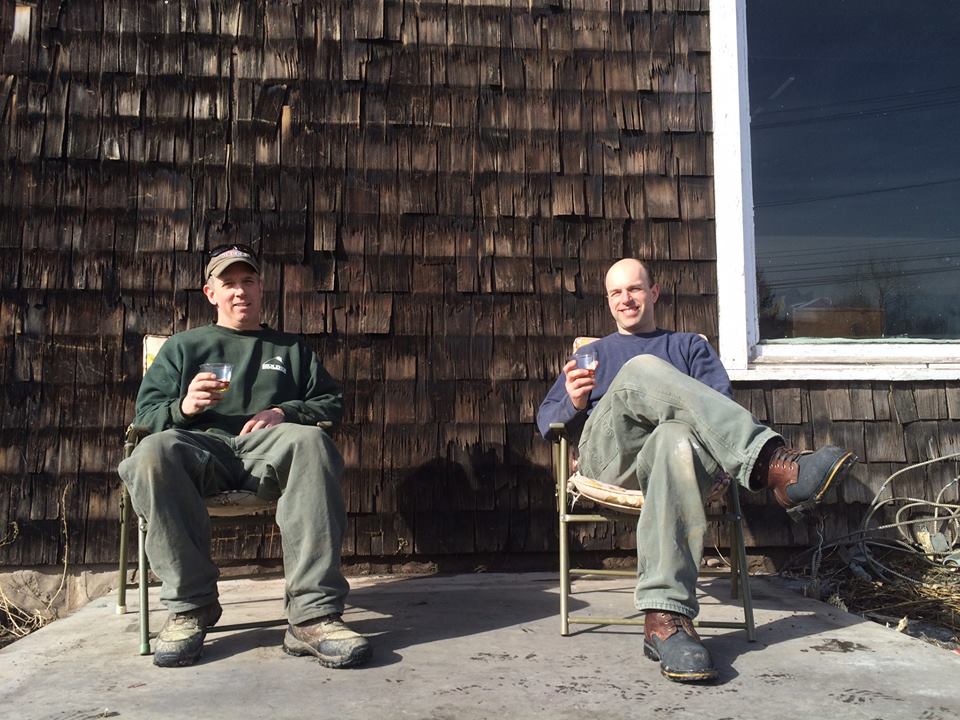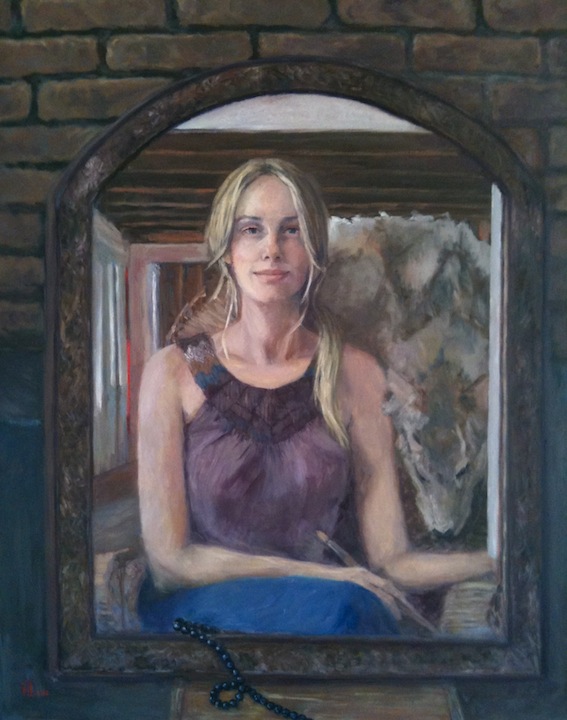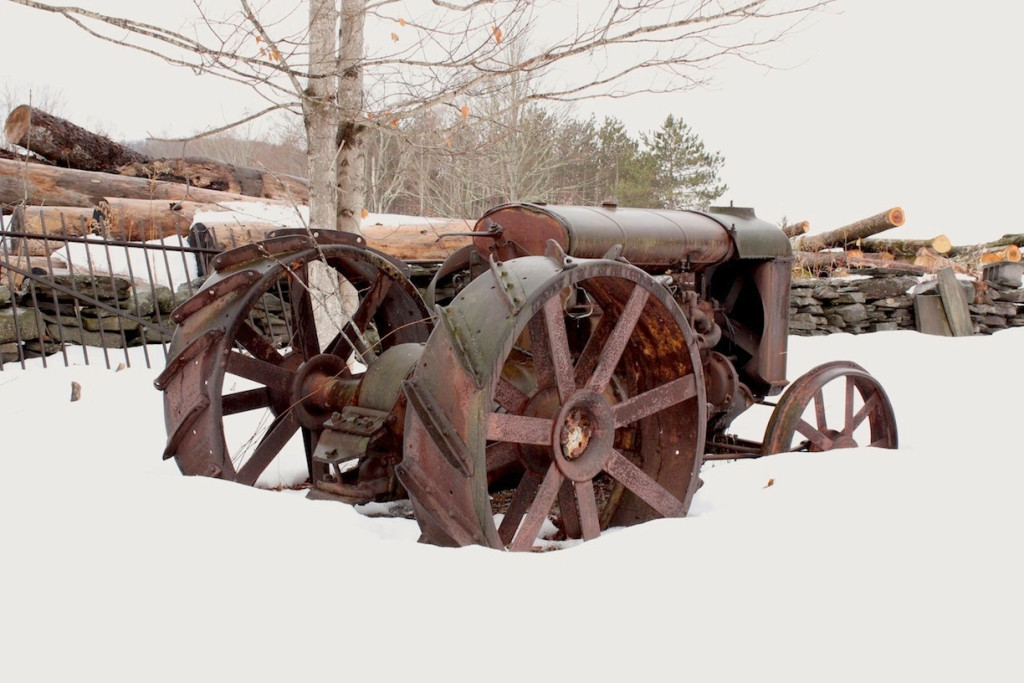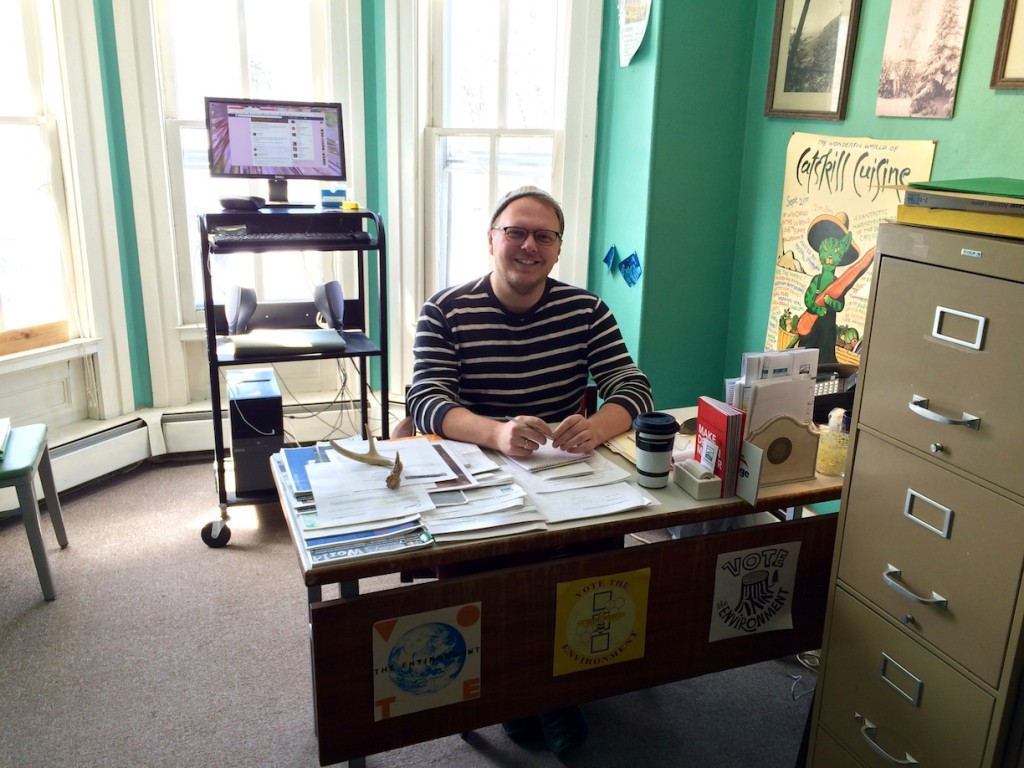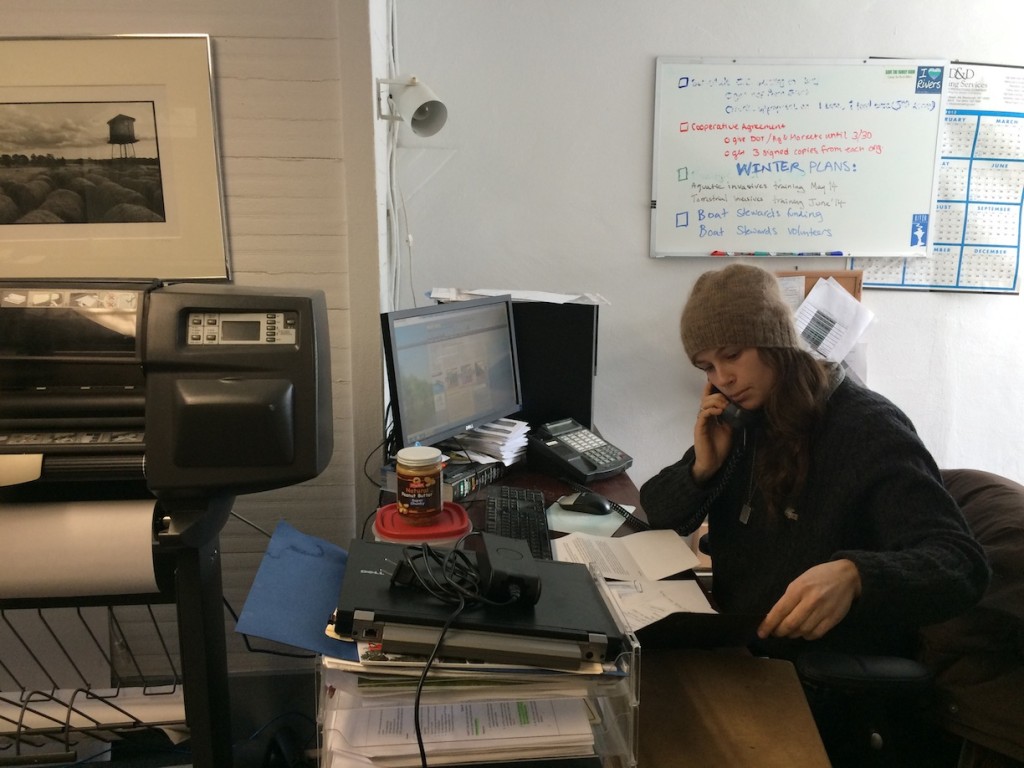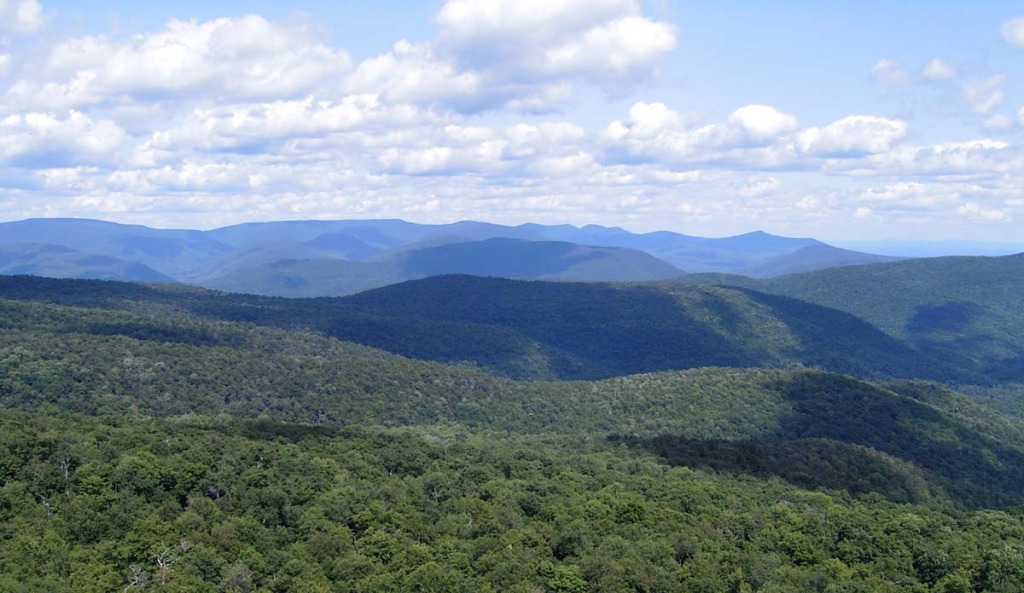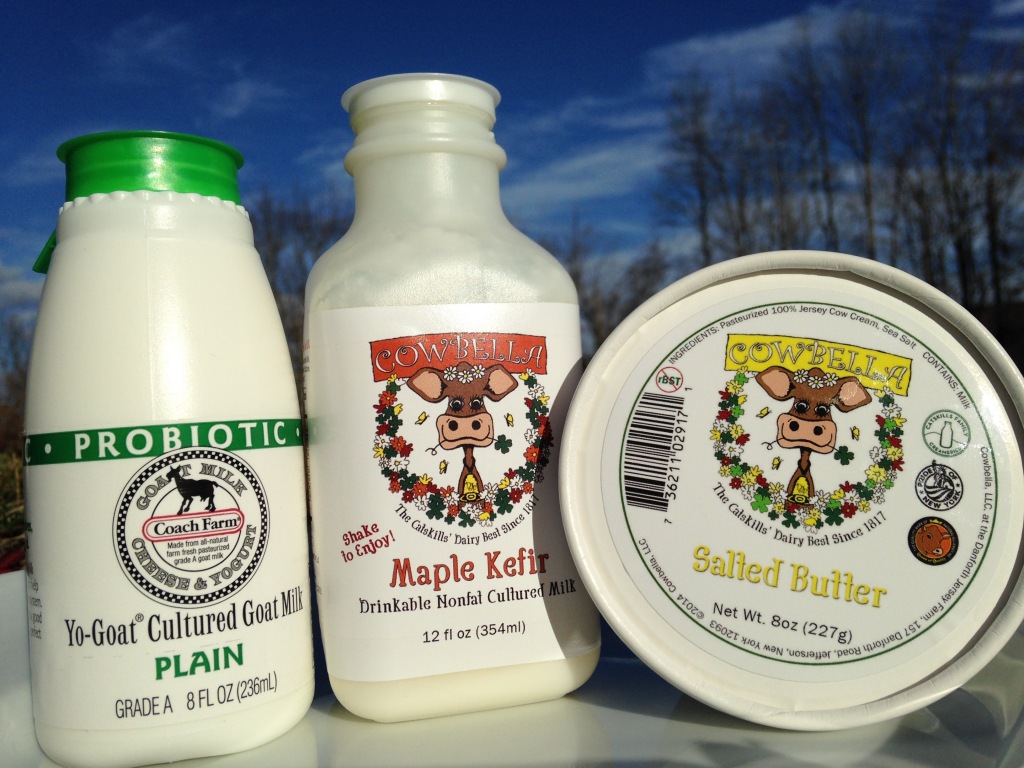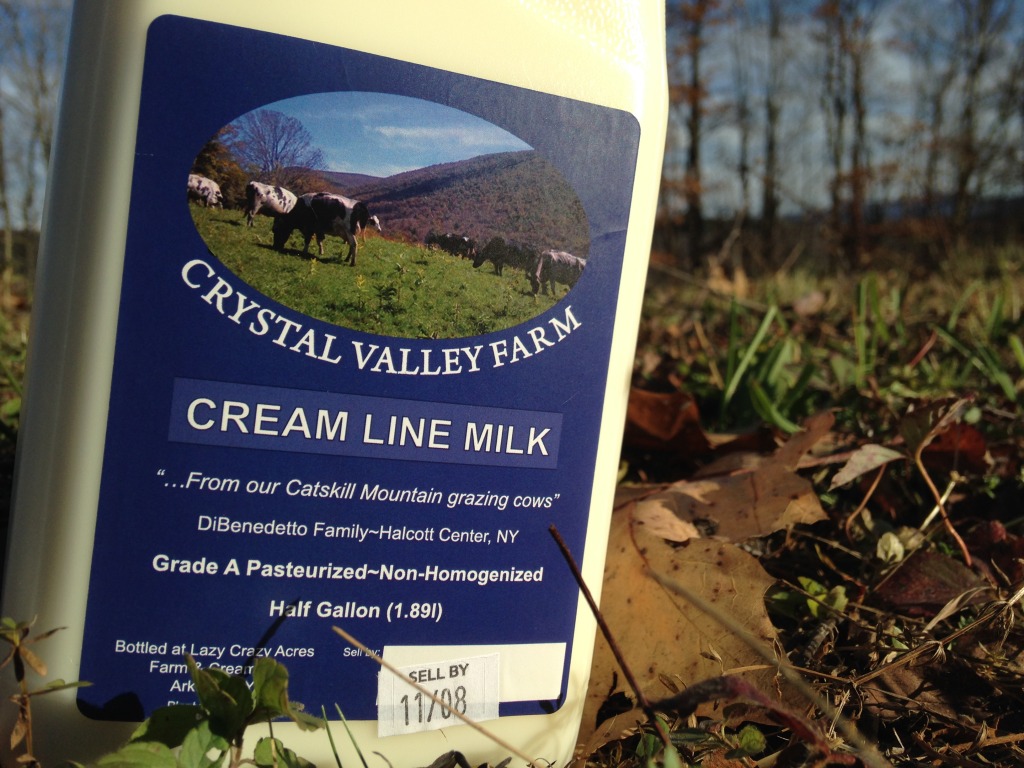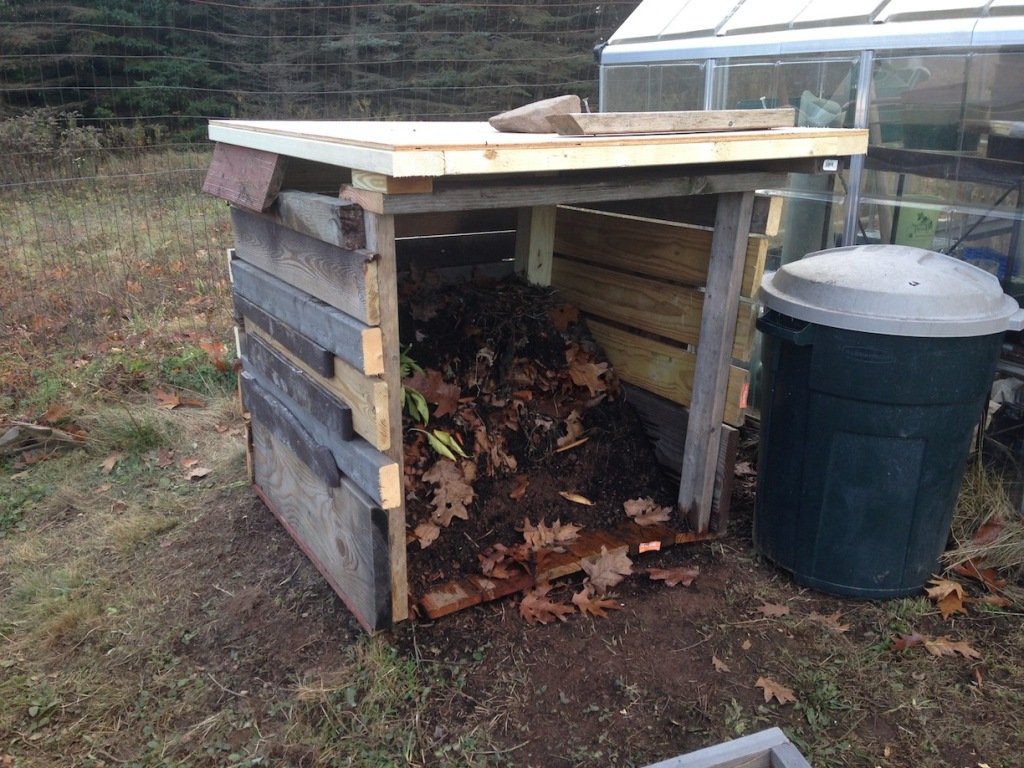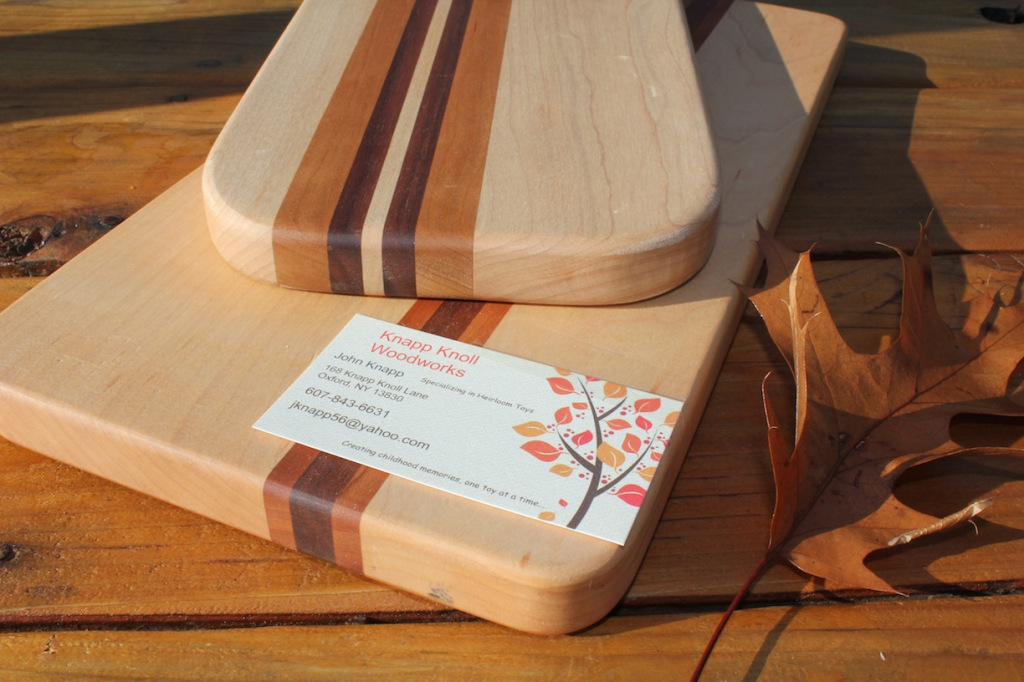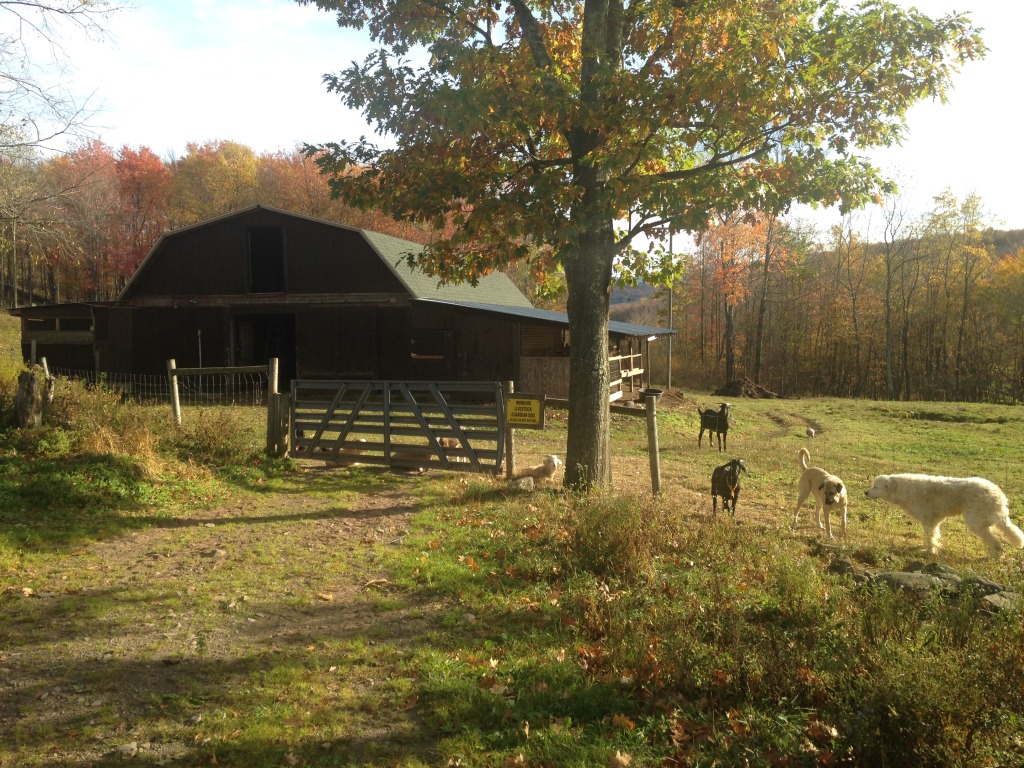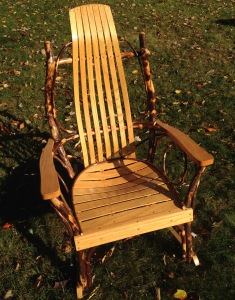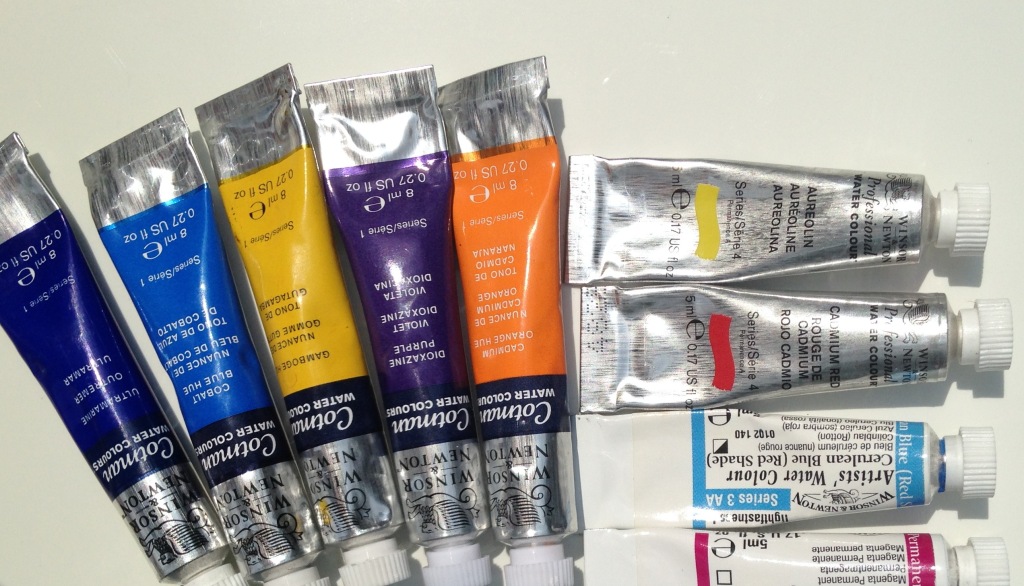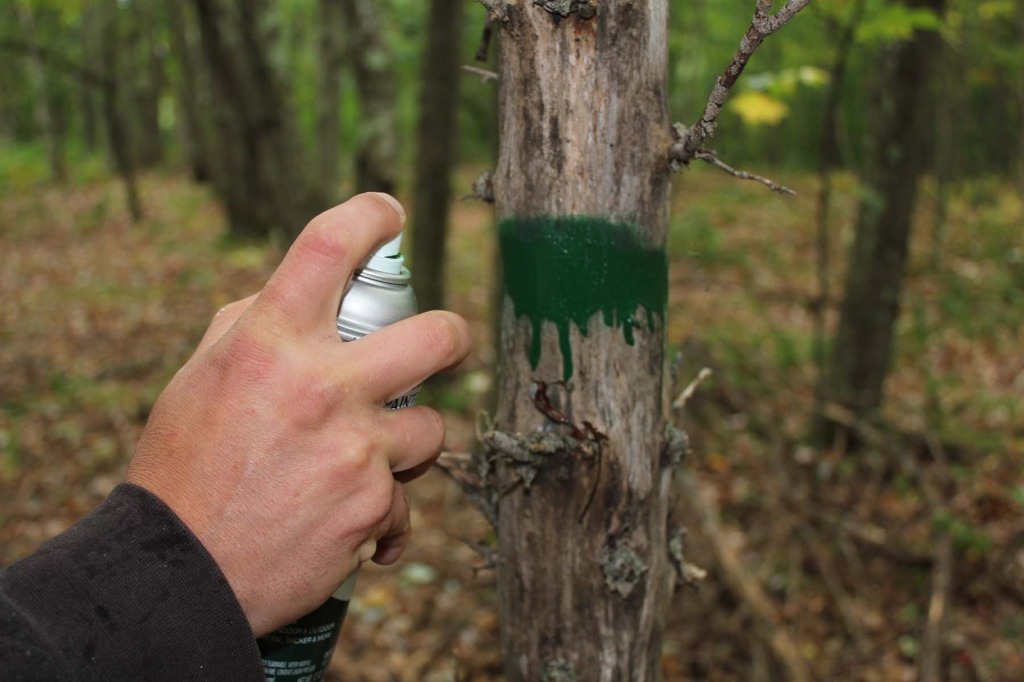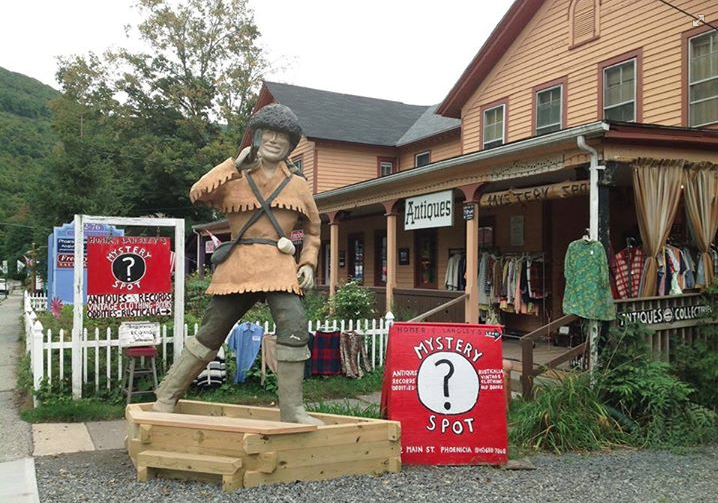
© Laura Levine
Every dollar that you spend locally is 5 to 7 times the value of that expenditure to your community. When you shop at a big box store you’re diverting your capital directly out of your community to places like Asia, where most American products are made and wherever the owners of the big box store live. Furthermore, big box stores notoriously pay low wages to their workers, so by regularly shopping in those stores you’re contributing to the large-scale expansion of a low-wage job sector, such is the power of your wallet. Moreover, it’s no secret that government is bought and paid for by large corporations through lobbying and campaign fund contributions, the Supreme Court now having ruled that those contributions may be unlimited. Even if every American decided to vote in the next election, this fact would remain unchanged. This means we are remarkably more powerful when we are spending our money than when we are voting. All the power is in our purse and how we spend our hard-earned money, quite an extraordinary fact. Think about what would happen if we all stopped shopping for a few days, or stopped buying brand-new products, or only purchased food from our local farmer.
One way to buy local and recycle is to choose vintage stores for your Christmas shopping, thereby saving your economy and your environment in one fell swoop. One such place here in the Catskills is Mystery Spot Antiques in Phoenicia owned by Laura Levine, an artist who has shown work at the MOMA and has work in the permanent collection in the National Portrait Gallery. Laura has a superbly discerning eye and has filled her “odditorium” with magnificent, beautifully unique gifts like a snakeskin purse, a shearling coat, Liberty of London ties, gorgeously dainty Czech glass goblets and a bucket of polaroid cameras.

Vintage snakeskin purse © Laura Clapp
“I have always collected weird things my entire life,” she says. “I’m from the city. I grew up in the city, but my parents had a little cabin upstate when I was a kid and we used to go to yard sales and in the city I always used to go to flea markets.” Her antique store used to be in a little multi-dealer store in Phoenicia Plaza, near where the Phoenicia Diner is now. She had a 10 x 10 booth and stocked it with antiques until the placed closed down. “I had 30 days to move my things out and I was either going to sell it all or take the next step and open my own shop. I wasn’t going to do that, but I found a little space on the boardwalk in Phoenicia for $200 a month, so I took it. I opened over the summer for 20 days a year and the store grew from there.” That was over 13 years ago and five years ago the shop moved to its current, much larger and more prominent location on Main Street.
The store has just invested in two pick-up truck loads from an estate sale that she is still picking her way though, but her favorite thing of the moment is a steel shoe mold from a shoe factory, in a men’s size eight. “The thrill of the hunt is really the fun part,” says Laura who still lives in New York City and has an employee run the store for most of the time. “When I am at the store, I love meeting my customers. I’ve made some really great friends. I feel like it attracts kindred spirits and I always end up having something in common with the customers, like our paths crossed in the music business or the art world or something.”
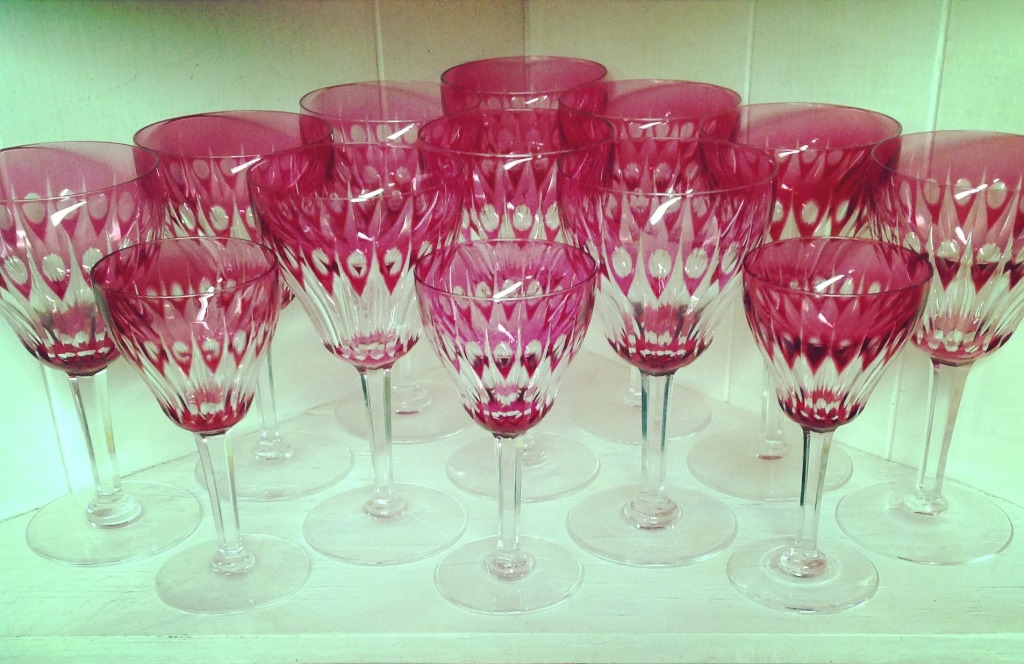
Czech glass goblets © Laura Levine
For this weekend’s Small Business Saturday, the store is displaying a table of gift suggestions which range in price from 25 cents (for vintage greeting cards) to about $200, but the average price at the table is $20-$30. Gift certificates are also available: perfect for Christmas and especially if you’d like your in-laws to visit more! Entice them back to claim their gift.
If you’re wondering why Davy Crockett is outside, he’s a loaner from the neighboring Sportsman’s Cantina, moved there after Hurricane Irene, that Laura was thrilled to receive. It’s Davy’s birthday on August 17th and last year they had a Davy Crockett day during which customers dressed up as Crockett and local businesses donated prizes.
Go and have a dig around yourself in Mystery Spot Antiques, 72 Main Street, Phoenicia, New York: (845) 688-7868. Open weekends only for the winter, Saturday 11am to 6pm and Sunday 11am to 5pm. Find them on Facebook and Instagram. THIS WEEKEND ONLY: for Small Business Saturday on November 29th, get 20% off everything, except Mystery Spot Antiques’ tote bags and t-shirts.
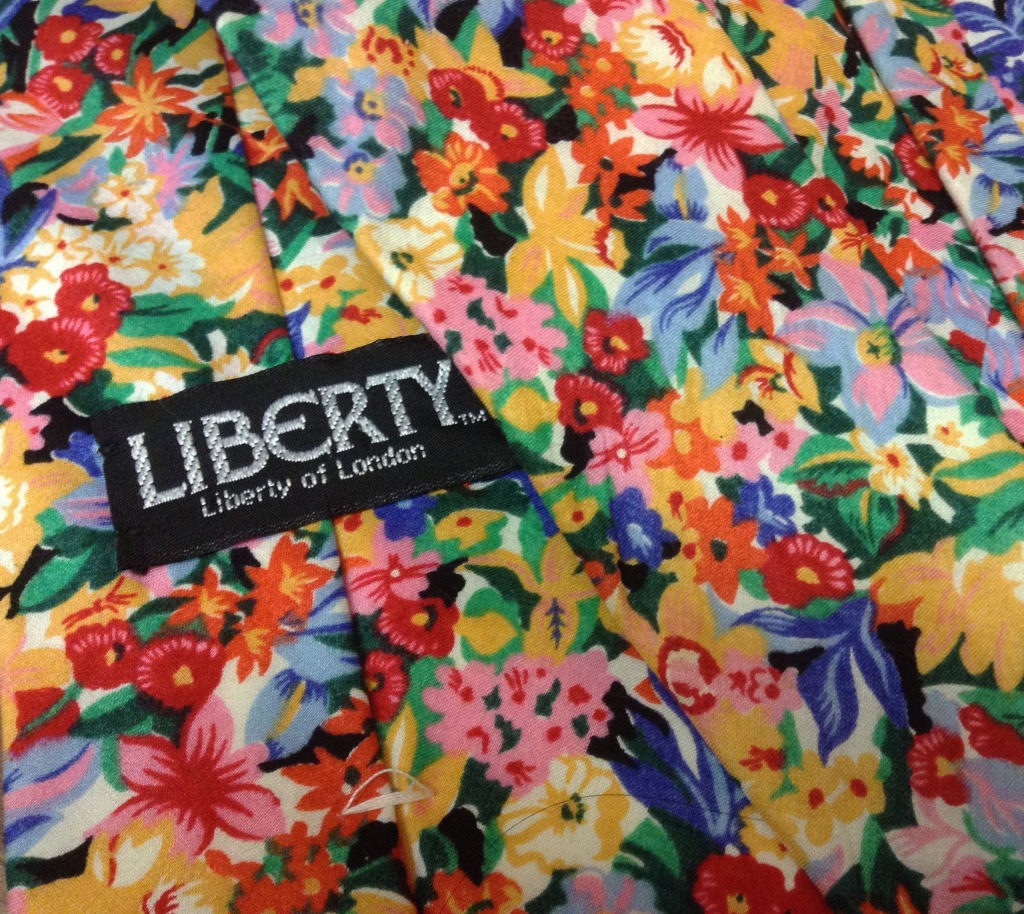
Liberty of London Ties © Laura Clapp
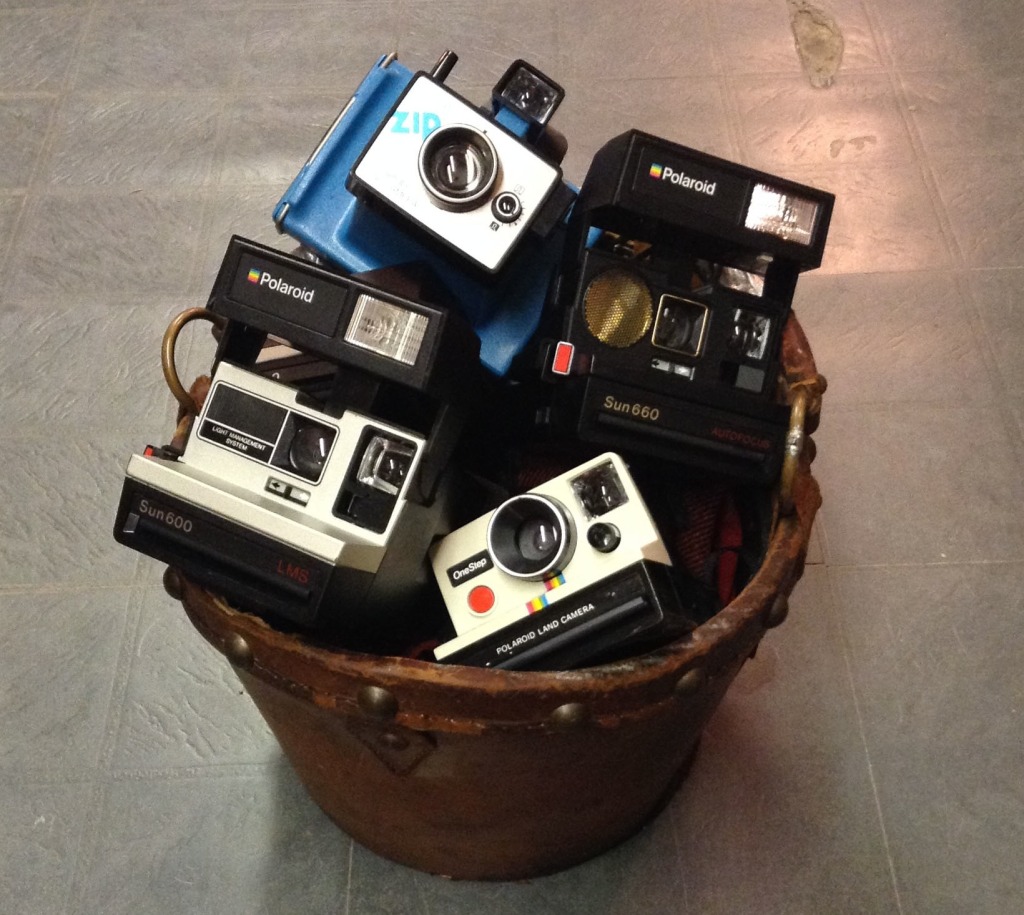
Bucket of Polaroids © Laura Clapp
Like this:
Like Loading...
